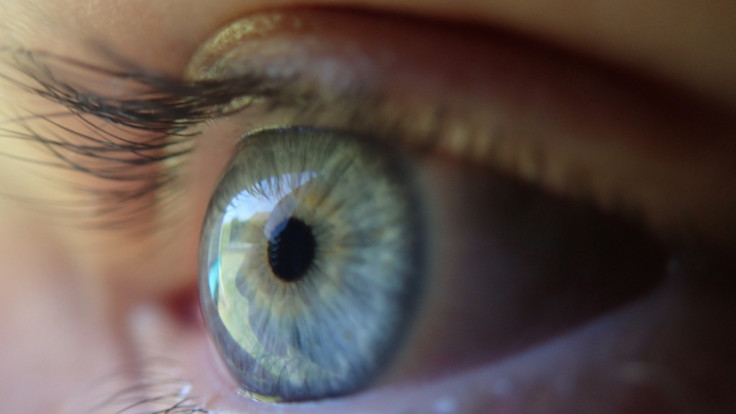Gennaris: A bionic eye that could potentially restore vision through brain implant
A team of researchers from Monash University in Australia claim to have built a bionic eye which uses a brain implant to help blind people see.
Although the medical community across the globe are collectively focused on the COVID-19 pandemic, experts from other fields continue their respective research. In August, Elon Musk's Neuralink technology made its debut with a working demonstration that provides a glimpse into the future of human-computer interaction. Moreover, it explores the possibility of using brain implants to address certain mental illnesses such as anxiety, depression, and other mood disorders. Meanwhile, a team of scientists might have just developed an innovative approach that can hopefully restore sight.
A team of researchers from Monash University in Australia claim to have built a bionic eye which uses a brain implant to help blind people see. In its current state, users would reportedly be able to detect objects and people. Furthermore, it likewise allows them to safely navigate indoors and outdoors. According to the scientists behind the project, damage to the optic nerve is the leading cause of blindness among people as it severs the connection of the retina to the brain.
Therefore, the solution they came up with cleverly circumvents this problem. "Cortical vision prostheses aim to restore visual perception to those who have lost vision by delivering electrical stimulation to the visual cortex – the region of the brain that receives, integrates and processes visual information," Stated Monash Bomedicine Discovery Institute Professor Arthur Lowery.
"Our design creates a visual pattern from combinations of up to 172 spots of light (phosphenes) which provides information for the individual to navigate indoor and outdoor environments, and recognise the presence of people and objects around them," he continued. The Gennaris vision system is a combination of a wireless transmitter, a vision processor unit, a camera, and advanced software. Then there is the brain implants which receives the data which are then converted into electronic pulses that courses through microelectrodes.

The university has also named its partners in this promising endeavor, which includes Grey Innovation, Alfred Health, and MiniFAB. In addition to vision restoration, the research team also hopes to restore arm movement of people diagnosed with quadriplegia. Preliminary testing on sheep – with approval from the animal ethics committee of the university and with compliance to Australia's regulations regarding animal testing – provided promising results.
© Copyright IBTimes 2024. All rights reserved.





